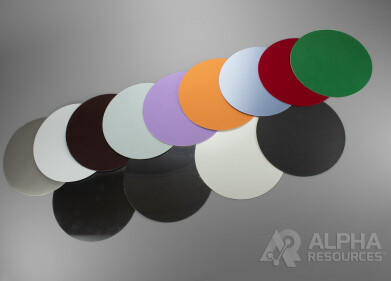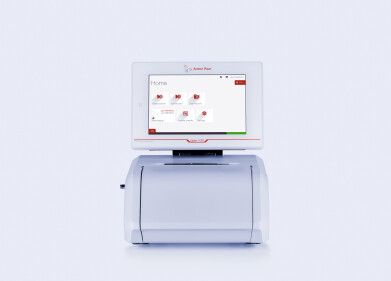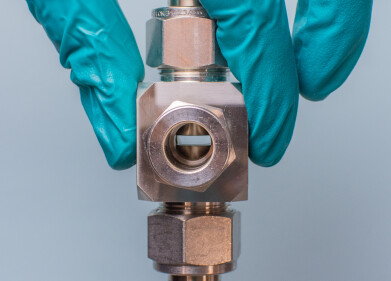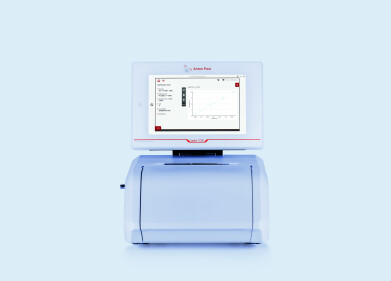Mass Spectrometry & Spectroscopy
What is Spark Spectroscopy?
Apr 21 2022
Spectroscopy, a field of study that uses light absorption and emission patterns to characterise matter, is divided into a range of specialty areas. Spark Spectroscopy is one of the most useful, with high sensitivity and fast analysis times making it the technique of choice for a variety of applications. Below, we take a closer look at how Spark Spectroscopy works and its various uses.
The fundamentals of Spark Spectroscopy
As the name suggests, Spark Spectroscopy relies on electromagnetic radiation created by a spark. This spark is generated by creating a reaction between a sample and a counter-electrode, which excites atoms and ions and forces them to move to a higher energy state. When the atoms and ions return to their ground state, they release what’s known as a discharge plasma. This plasma is ignited and emits a unique emission spectrum that can be used to detect and quantify individual elements present in the sample.
As well as detecting metals and semimetals, Spark Spectroscopy can be used to identify non-metals such as oxygen, nitrogen, carbon, sulphur and phosphorous. With specialised instruments, these can be detected and quantified based on distinctive wavelength signatures.
Applications for Spark Spectroscopy
Spark Spectroscopy is a versatile technique used across a wide range of industries and sectors. Compared to other techniques, Spark Spectroscopy offers excellent accuracy and low cost of operation.
-
Quality control for metal production and processing
The ability to quickly detect a wide range of metals makes Spark Spectroscopy especially useful in the metal production and processing sector. The technique is used during quality control processes and to detect and quantify metals such as iron, cobalt, aluminium, magnesium, copper, nickel, lead, titanium and zinc in secondary raw materials. Information is used to determine the value of a product and its suitability for different applications.
-
Environmental analysis
Trace elements can have a significant impact on soil quality, making Spark Spectroscopy a valuable tool used by environmental scientists. The most advanced spark emission spectrometers offer a spectral range as high as 780nm, making them capable of detecting even the smallest concentrations.
-
Water quality monitoring
As well as analysing soils, Spark Spectroscopy is used to monitor the quality of water sources and detect contaminants such as heavy metals. With some spark emission spectrometers offering results in as little as 10 seconds, the technique is ideal for in-field sampling and analysis.
A spark is just one of many methods used to generate the electromagnetic radiation needed for spectroscopic analysis. Find out more about the other options available to scientists, including widely used techniques like X-Ray Spectroscopy and Flame Spectroscopy in ‘What Are the Different Types of Spectroscopy?’
Digital Edition
Lab Asia 31.6 Dec 2024
December 2024
Chromatography Articles - Sustainable chromatography: Embracing software for greener methods Mass Spectrometry & Spectroscopy Articles - Solving industry challenges for phosphorus containi...
View all digital editions
Events
Jan 22 2025 Tokyo, Japan
Jan 22 2025 Birmingham, UK
Jan 25 2025 San Diego, CA, USA
Jan 27 2025 Dubai, UAE
Jan 29 2025 Tokyo, Japan



















